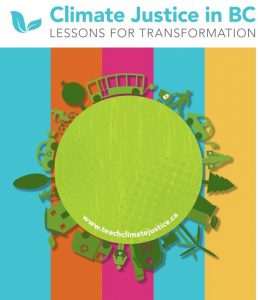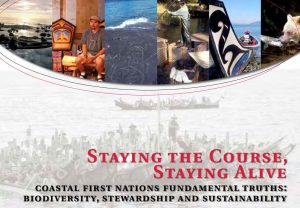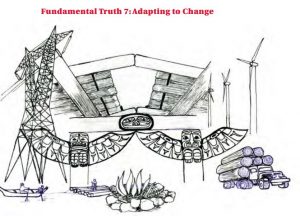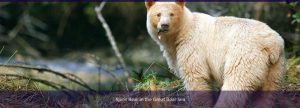Description:

This interactive and informational pdf guide on climate change and rising inequalities are highly recommended. When students view the world around and gain an appreciation of nature, they will develop an awareness of climate changes and issues which a teacher can use as a Segway to ponder on climate justice issues.
Teachers can refer to this handy Climate Justice in BC guide, which is divided:
Module 1: Introduction to Climate Justice
Module 2: Reimagining our Food System
Module 3: Transportation Transformation
Module 4: Rethinking Waste
Module 5: Fracking Town Hall
Module 6: Green Industrial Revolution
Module 7: Imagining the Future We Want
Module 8: Challenges to Change*
Module 8 is my personal favorite since students learn the inevitable challenges of social change, barriers faced and collective effort.
Action or personal choice Video: https://storyofstuff.org/movies/story-of-change/
Link: https://teachclimatejustice.ca/wp-content/uploads/2014/07/full_teachclimatejusticedotca.pdf


